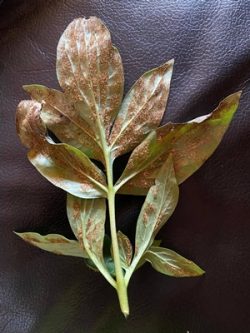Peony Diseases and Pests
Problems are Far and Few Between, However…
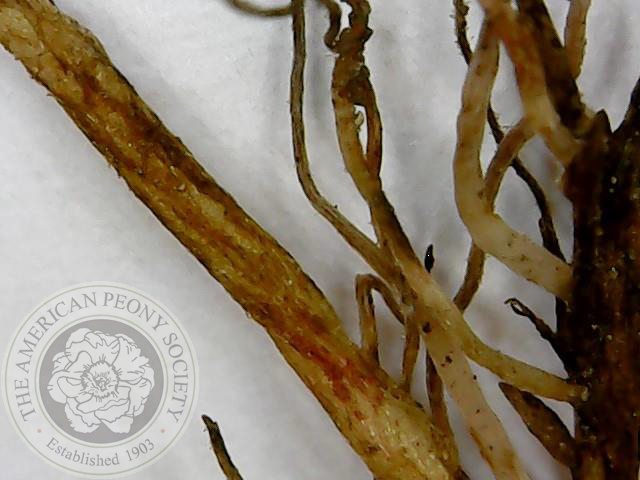
Root Lesion Nematodes (Pratylenchus Penetrans)
Peonies are relatively disease and pest resistant plants, however there are a number of ailments that gardeners should be aware of. Diseases that commonly afflict peonies are associated with lack of air movement and cool wet conditions, minimizing these factors may be difficult, but recognizing them can allow them to be addressed. Like all living things, providing the best growing conditions possible will inhibit problems related to disease and pests.
Fungal diseases and viruses are the most common diseases in peonies. Prevention is the best practice for avoiding problems with these diseases, thus proper fall clean up and sanitation during division is paramount.
Animal pests do not typically present issues, but this is dependent on individual locations. Rabbits and deer are the most likely culprits, nibbling soft tissue in the spring, but seldom kill plants.
Nematodes may also affect roots and sometimes leaves. Certain conditions often create opportunity for these microscopic worm-like pests. Here again, clean up and prevention are important in their control.
Agricultural extension agents are quite helpful in identifying problems with plants and should be consulted when a disease problem is uncertain. Use of available resources will help to keep your peonies in good condition and remain an integral part of the garden. See Additional Resources at the bottom of this page for further information.
Disease Images
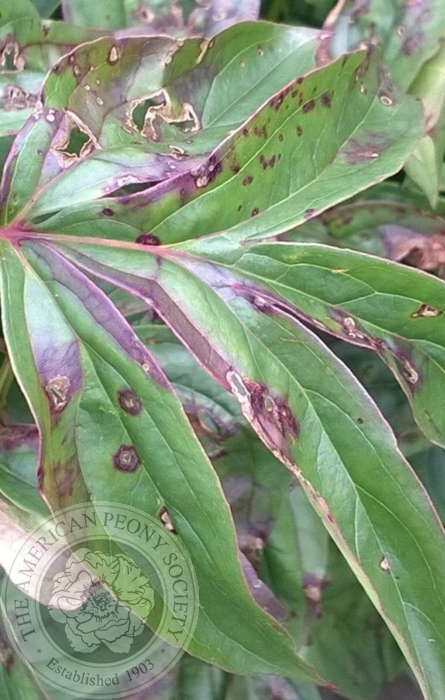
Xanthomonas (bacterial leaf spot)
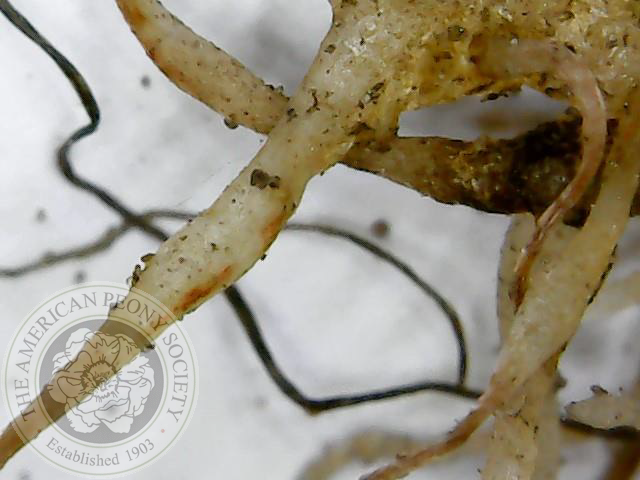
Pratylenchus penetrans (root lesion nematodes)

Pratylenchus penetrans (root lesion nematodes)

Rabbit Damage (note uneaten shoots)

Pseudomonas syringea (bacteria damage-spots)

Phytophtora (soil born fungal disease)

Hepialus lupulinus (moth larva damages roots and crown)
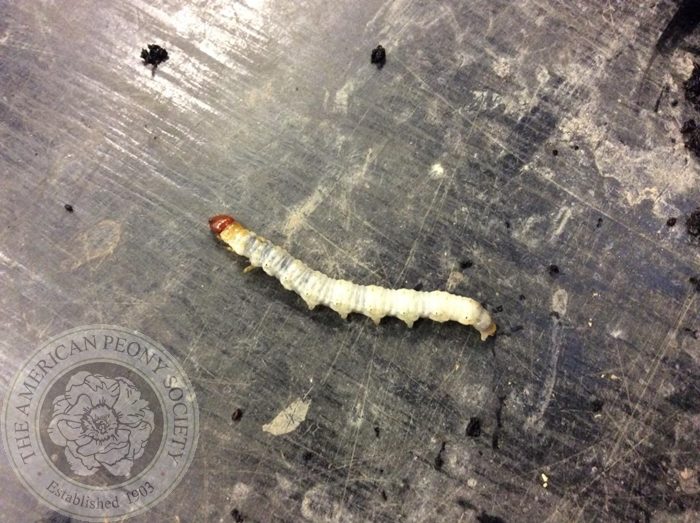
Hepialus lupulinus (moth larva damages roots and crown)

Botrytis paeoniaea (most common fungal disease affects stems and leaves)

Botrytis paeoniaea (most common fungal disease affects stems and leaves)

Xanthomonas (bacterial leaf spot)
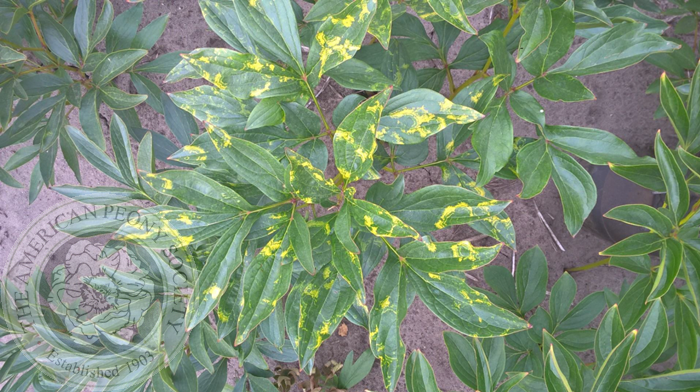
Viruses (TRV, TMV)

Meloidogyne hapla (root knot nematodes )

Rabbit Damage

Rabbit Damage (note uneaten shoots)
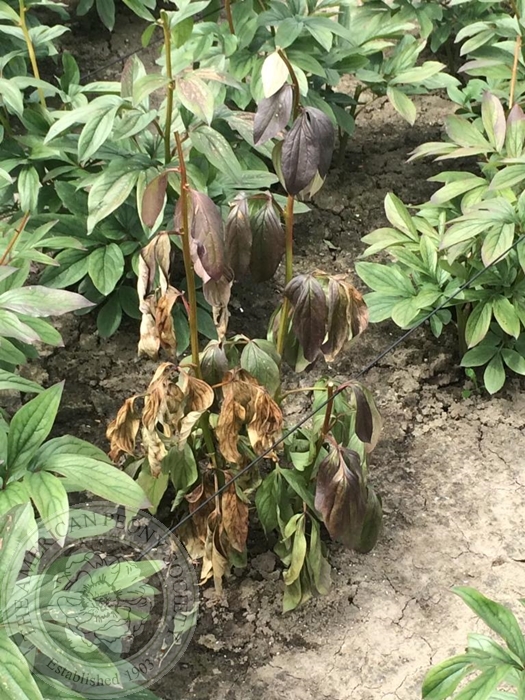
Fusarium Or Verticillium (wilt from fungus that enters through roots)

24D Damage (growth regulator herbicide)
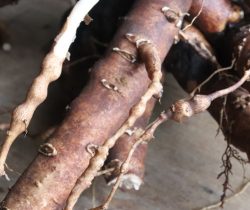
Lemoine’s Disease (root manifestation)

Botrytis cinerea and/or Botrytis paeoniaea


